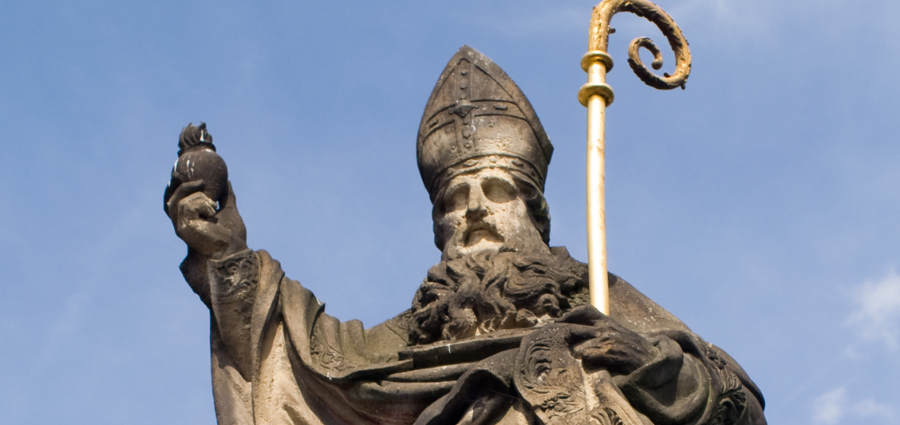Flagler College: A Testament to American Gilded Age Architecture
Flagler College, once the luxurious Ponce de Leon Hotel built by Henry M. Flagler in 1888, stands as a stunning example of Gilded Age architecture. Its breathtaking Spanish Renaissance architecture, complete with Tiffany stained glass windows and ornate murals, transports visitors back to a time of opulence and grandeur. The college’s guided tours offer insights into the life of the elite during the late 19th century and the impact of Flagler’s vision on Florida’s development.
St. Augustine Lighthouse: Illuminating the Coast Since the 16th Century
The St. Augustine Lighthouse, with its iconic black-and-white spiral and red cap, has been a guiding light for sailors since the Spanish period. Climbing its 219 steps rewards visitors with panoramic views of the Atlantic Ocean and St. Augustine. The attached museum, housed in the restored keeper’s house, narrates the lighthouse’s history, maritime significance, and the arduous life of the lighthouse keepers and their families.
The Fountain of Youth: A Legendary Exploration Site
The Fountain of Youth Archaeological Park is a site of myth and history where visitors can explore the legendary waters said to grant eternal youth. This park is not only about the famous spring but also about the Timucuan village and the first Spanish settlements, offering a comprehensive look at the early interactions between Native Americans and European explorers.
Aviles Street: The Oldest Street in America
Aviles Street, a quaint and narrow lane, is the oldest public street in the United States. Lined with art galleries, museums, restaurants, and historic homes, this street offers a vibrant mix of the past and present. Walking down Aviles Street is like stepping back in time, with its cobblestone paths and centuries-old buildings providing a tangible connection to the city’s Spanish colonial era.
Castillo de San Marcos: A Monumental Fortification
The Castillo de San Marcos, a massive stone fortress, has dominated the St. Augustine coastline since its completion in 1695. Built by the Spanish to protect their interests in the New World, this fort has witnessed numerous battles and sieges. Its unique star shape and coquina walls, resilient against cannon fire, offer a fascinating study in military architecture and the strategic importance of St. Augustine throughout history.
The Accord Civil Rights Museum: Honoring the Struggle for Equality
The Accord Civil Rights Museum is dedicated to preserving and recounting the story of St. Augustine’s role in the Civil Rights Movement of the 1960s. The museum, located in the historic Lincolnville district, showcases the efforts of local heroes and national figures who fought for civil rights, making it a poignant reminder of the ongoing struggle for equality and justice.
Bridge of Lions: A Scenic Gateway
The Bridge of Lions, with its majestic marble lions standing guard at the entrance, is more than just a bridge; it’s a symbol of the city’s resilience and beauty. Connecting downtown St. Augustine to Anastasia Island, this drawbridge offers stunning views of the Matanzas River and is a beloved landmark for both its historical significance and architectural beauty.
Each of these historical sites in St. Augustine tells a part of the story of this fascinating city. From the architectural marvels of the Gilded Age to the enduring legacy of the Civil Rights Movement, St. Augustine offers a rich tapestry of history waiting to be explored.


Leave a Reply